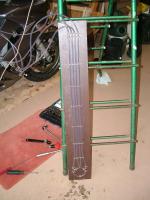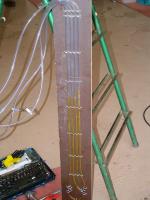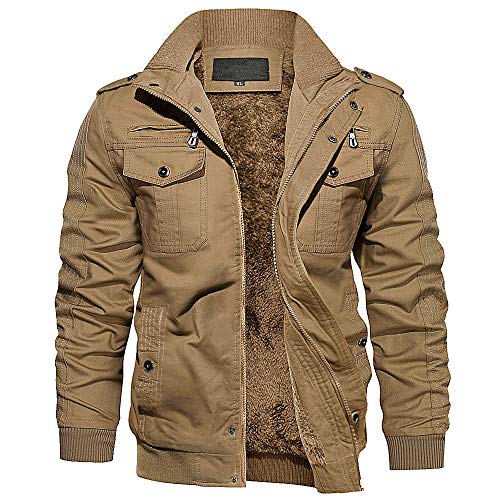FJRGuy
FJR Rally Addict! :D
Good pics and the video is very insightful. Was that video while you were making an adjustment or is the pressure that inconsistent?
OK, we do the math (I was too lazy) and a two inch difference in water column height is only 0.072 psi so inconsistent is relative
Edit: Oh! and you mention the 1/4 CTS tubing was too big for the bike connection. What size tubing did you use?
Wondering if ATF (i.e. - a denser fluid) would reduce the bouncing?
Still looking for answers to the previous questions: What is 'typical' (pre-balance) and max (worst case assuming everything stays connected) differentials?
OK, we do the math (I was too lazy) and a two inch difference in water column height is only 0.072 psi so inconsistent is relative
Edit: Oh! and you mention the 1/4 CTS tubing was too big for the bike connection. What size tubing did you use?
Wondering if ATF (i.e. - a denser fluid) would reduce the bouncing?
Still looking for answers to the previous questions: What is 'typical' (pre-balance) and max (worst case assuming everything stays connected) differentials?
Last edited by a moderator:






























































![fjackets Real Lambskin Leather Biker Jacket — Quilted Cafe Racer Zip Up Moto Leather Jackets For Men | [1100085] Johnson Brown, XL](https://m.media-amazon.com/images/I/41I7Pm1f+vL._SL500_.jpg)




